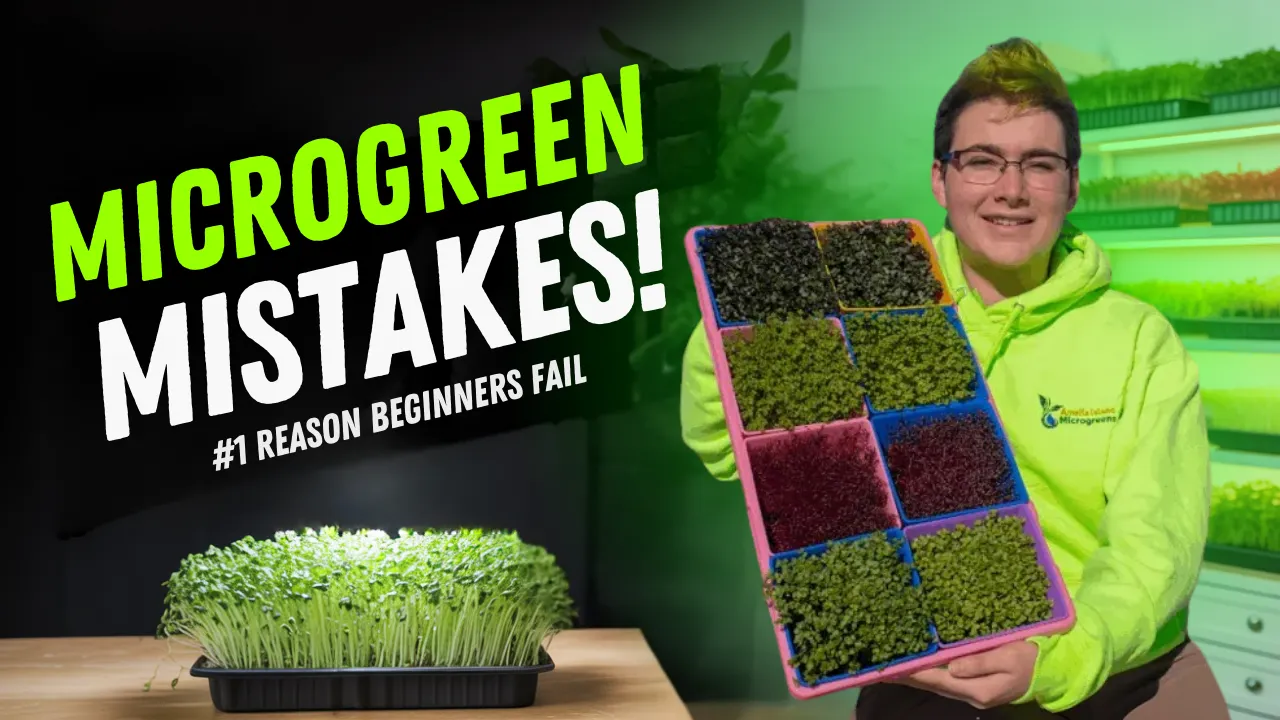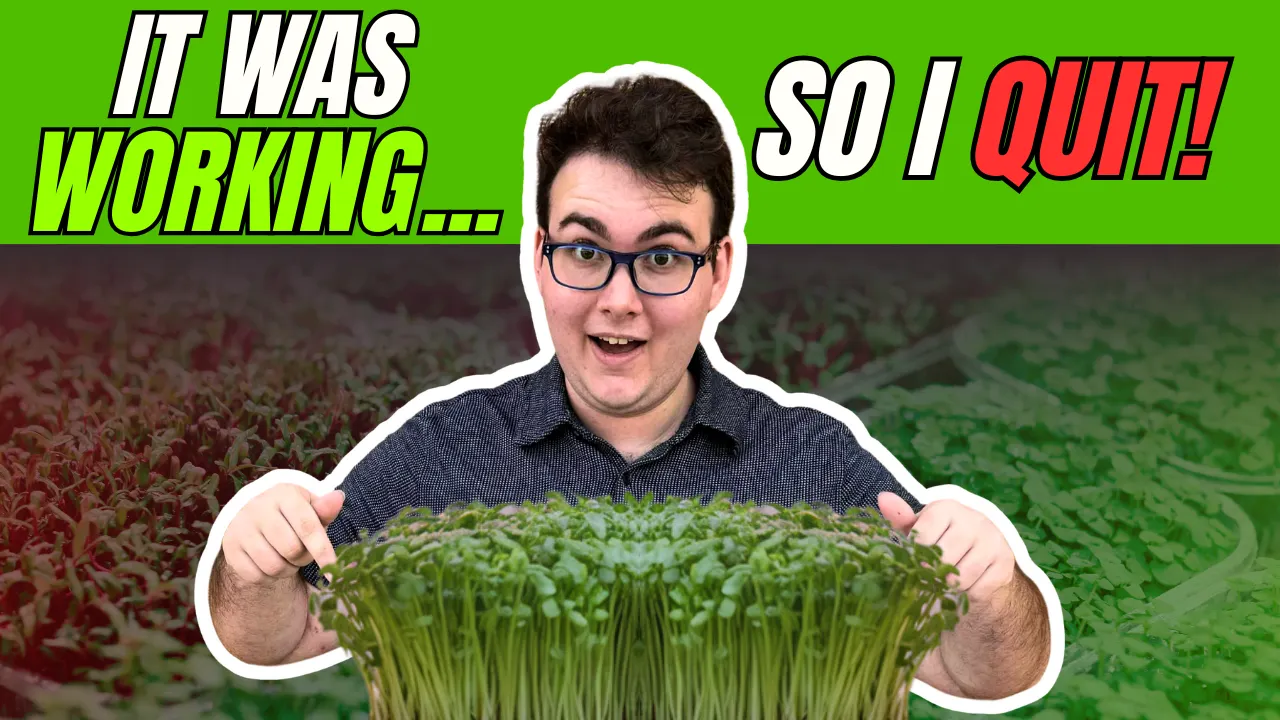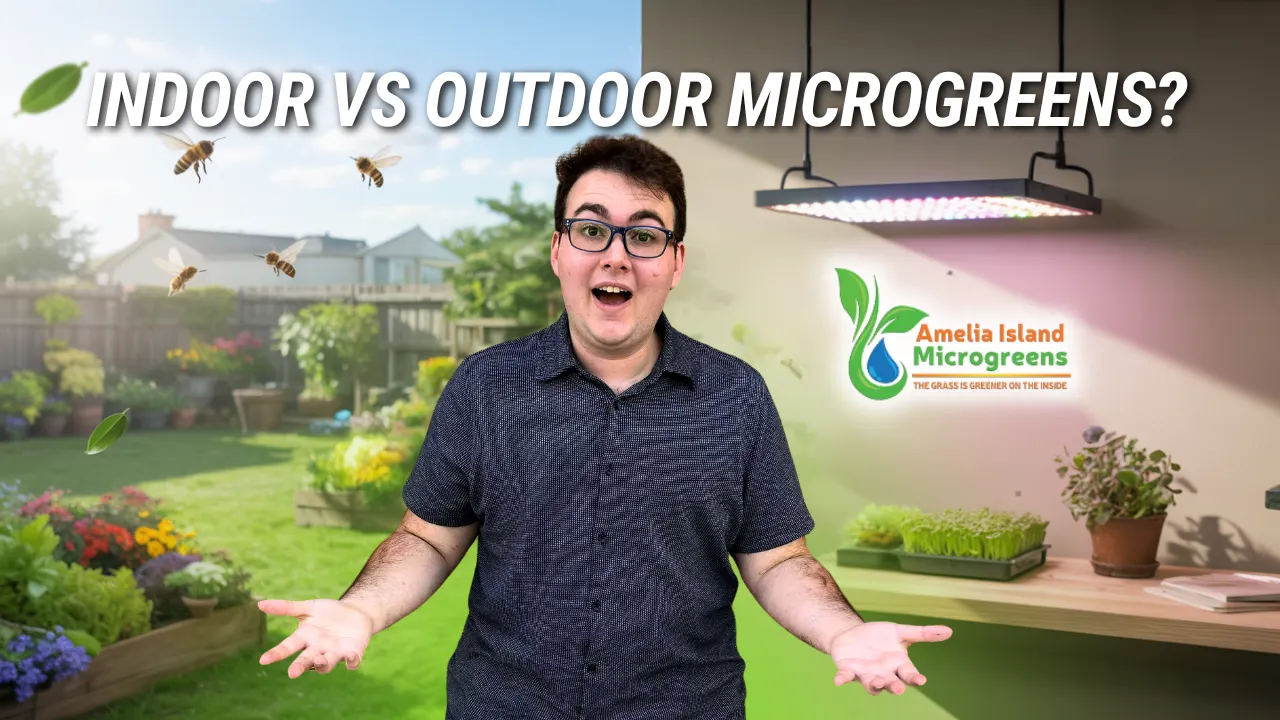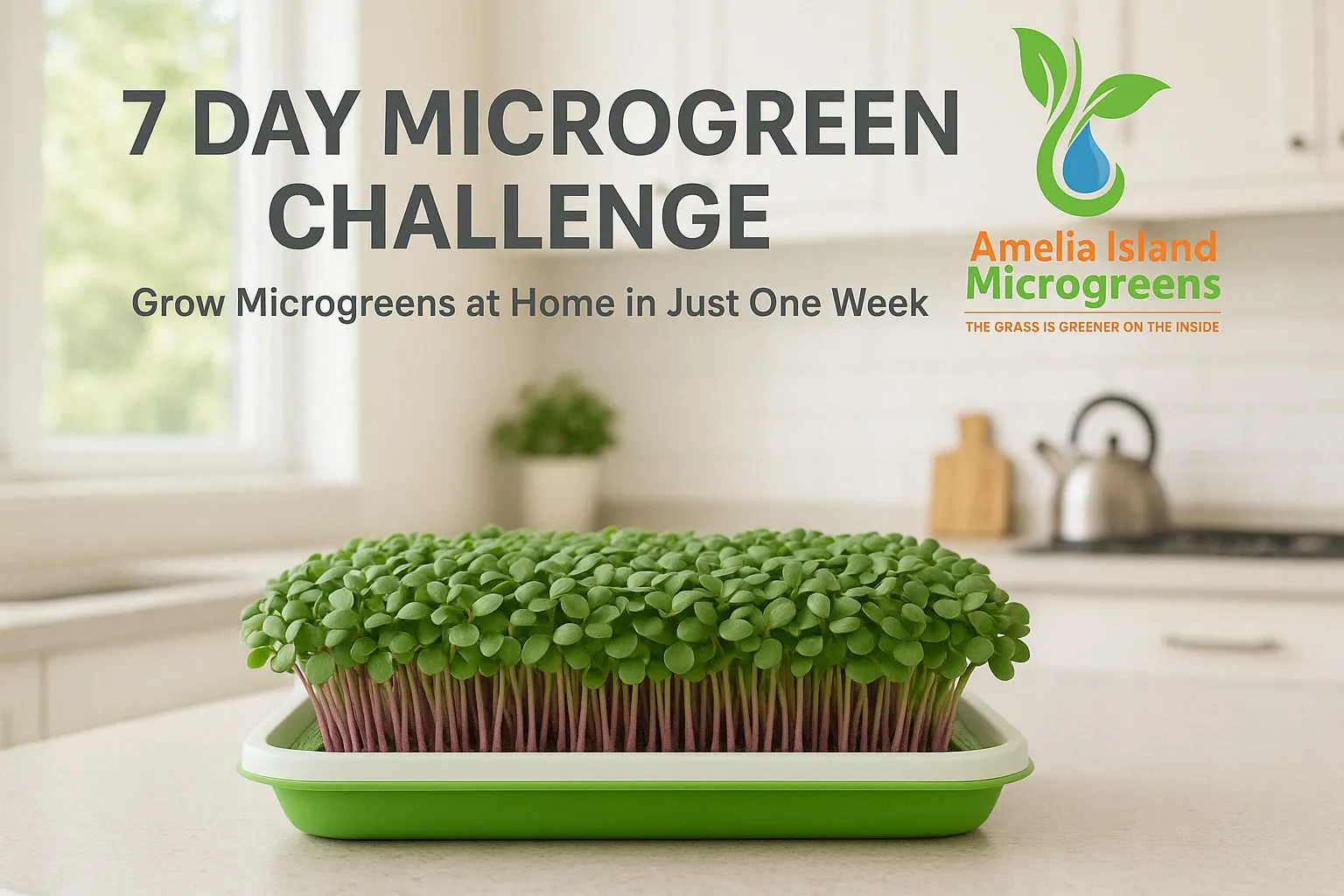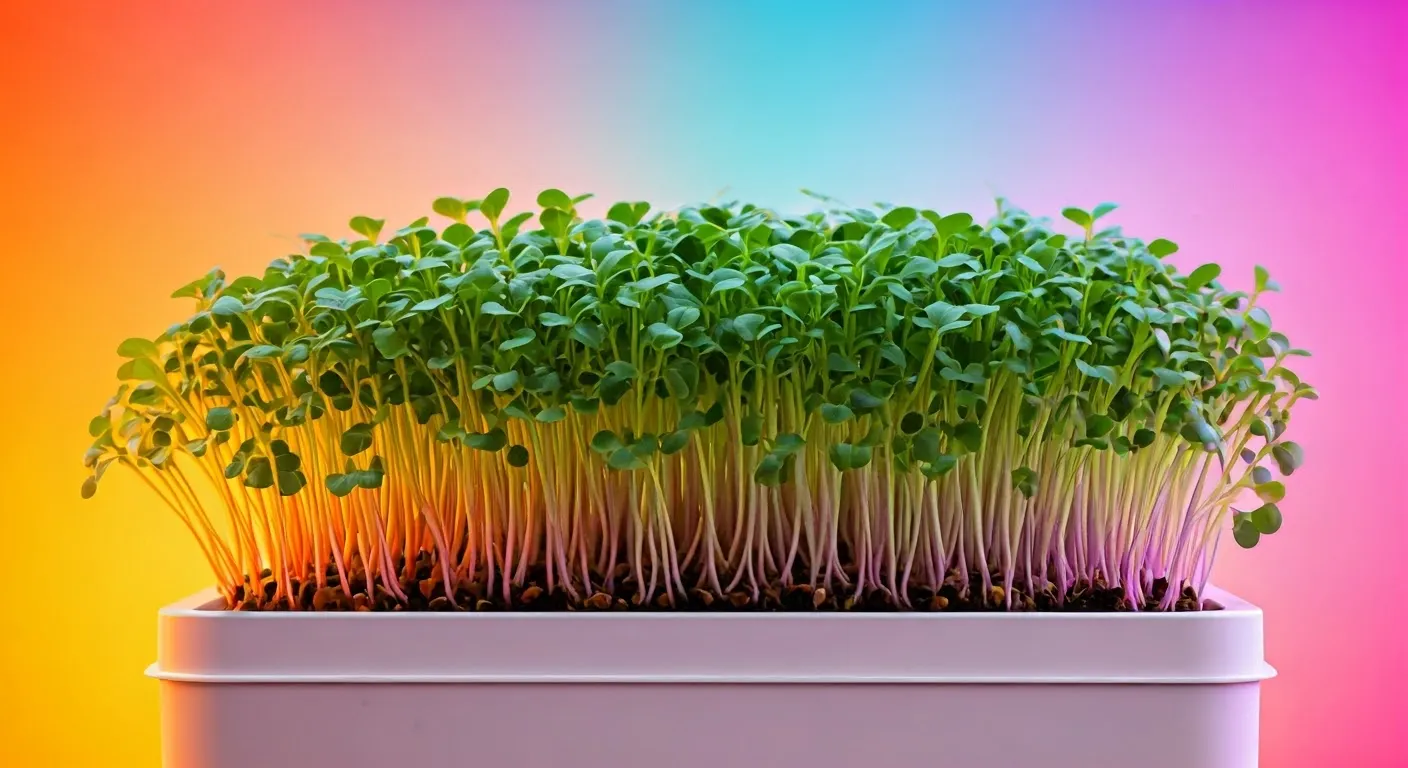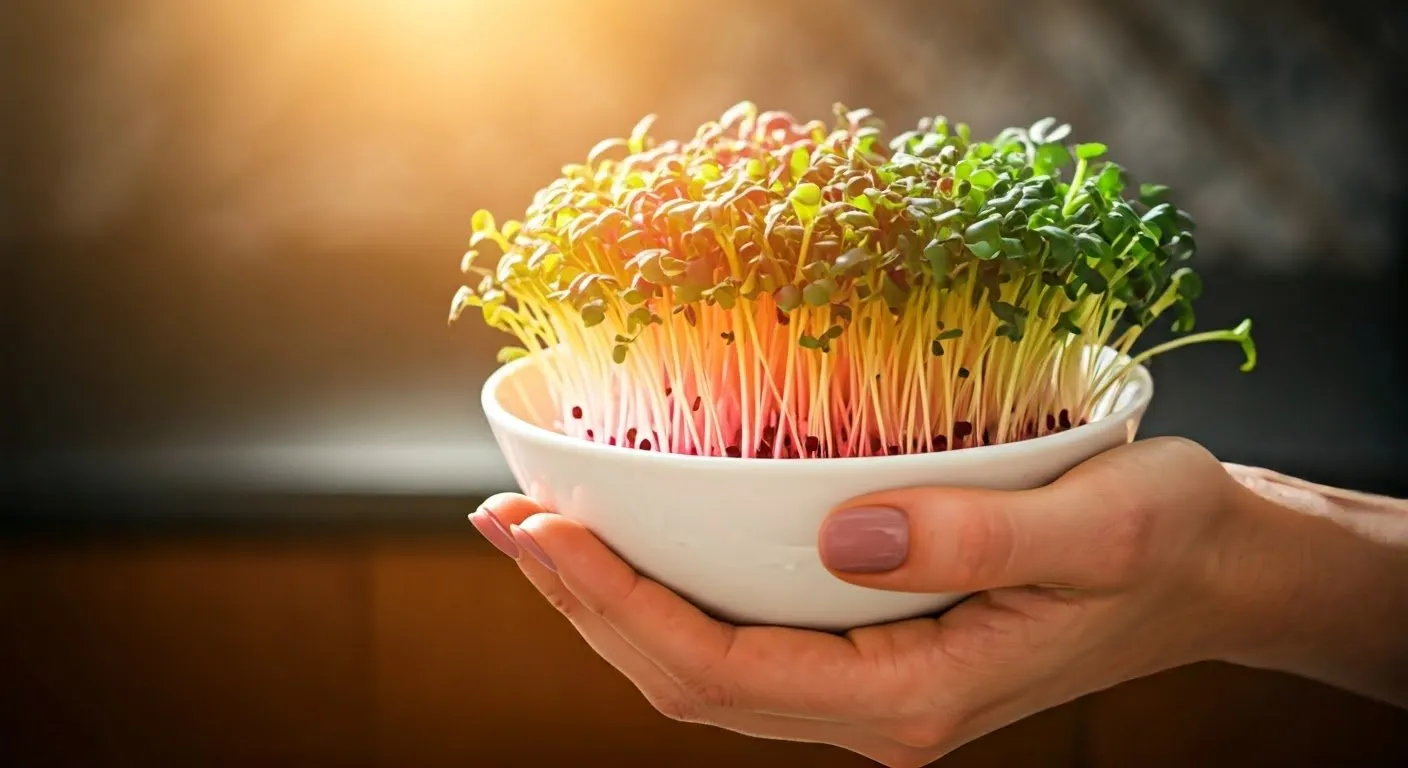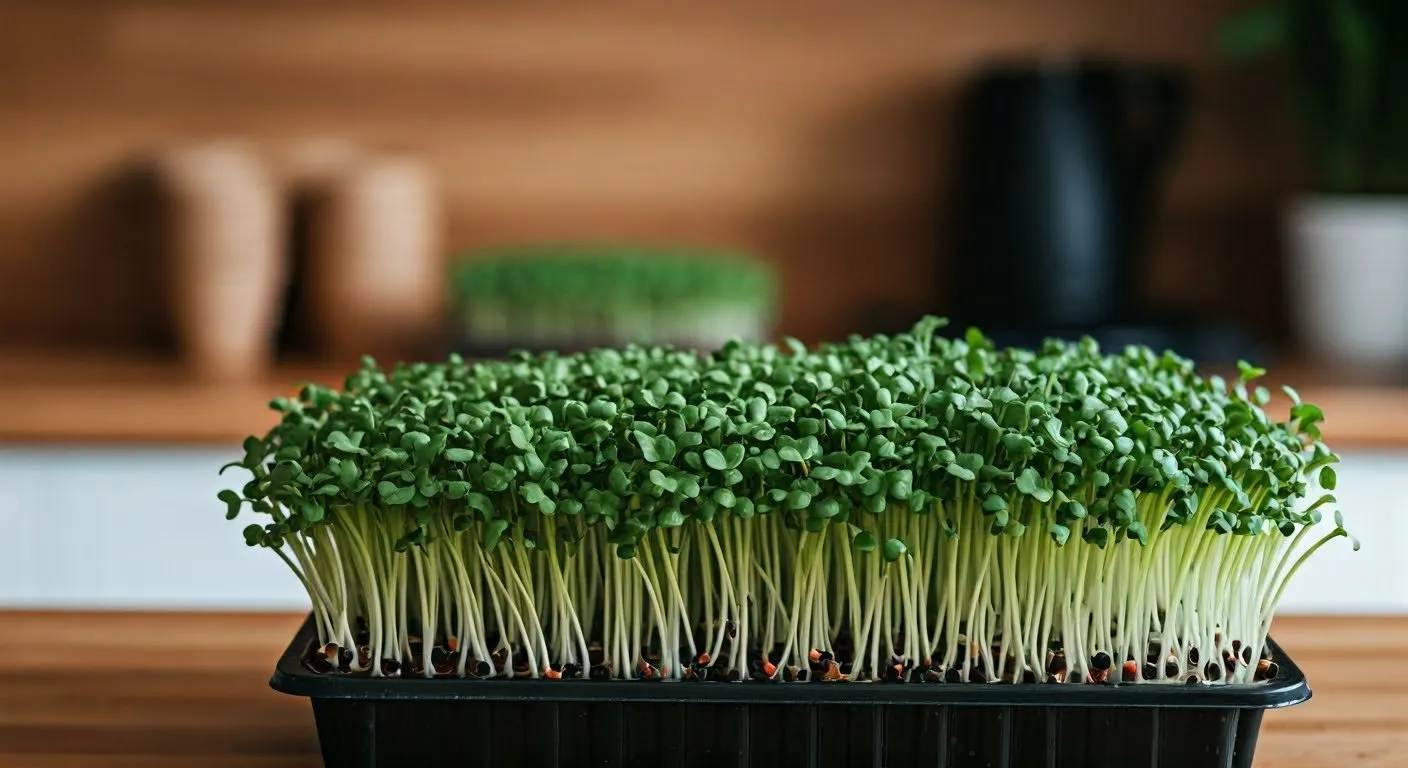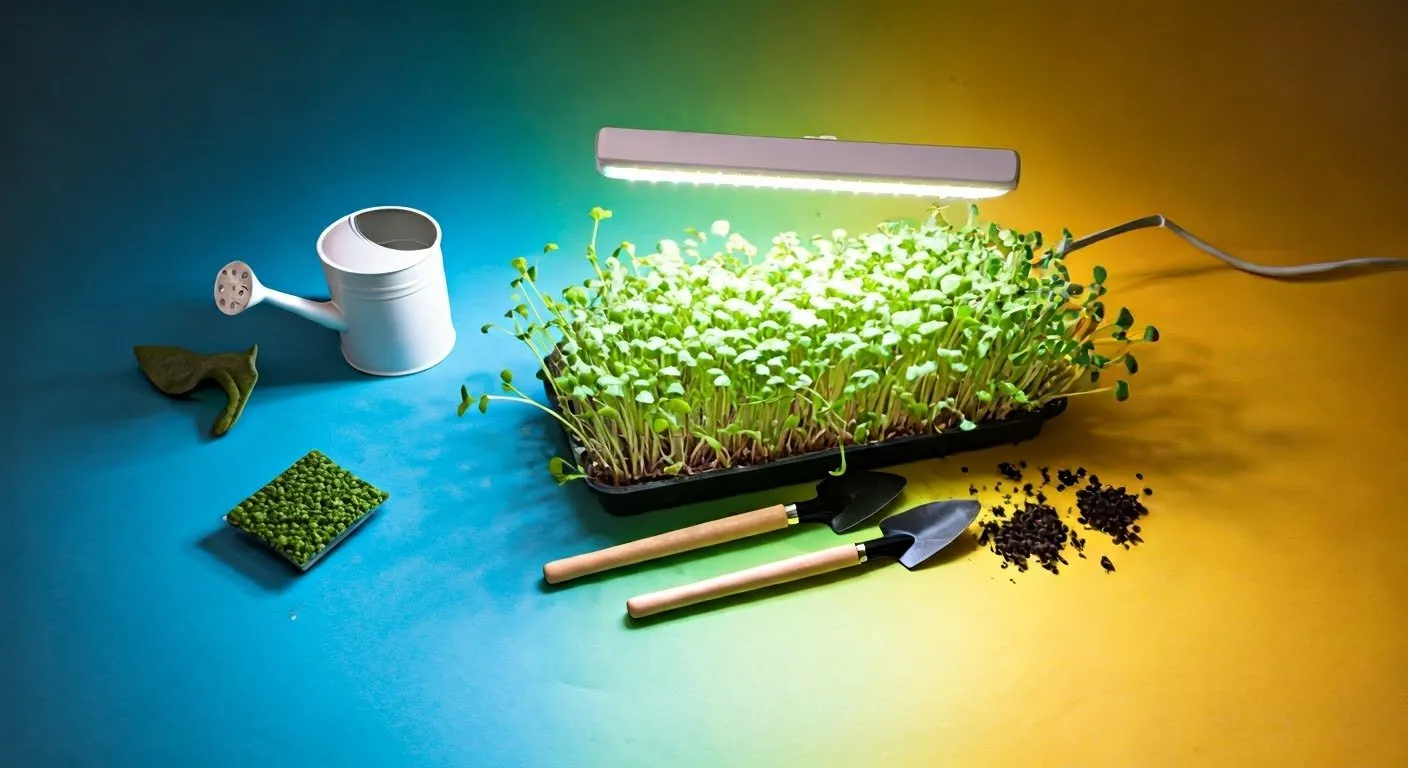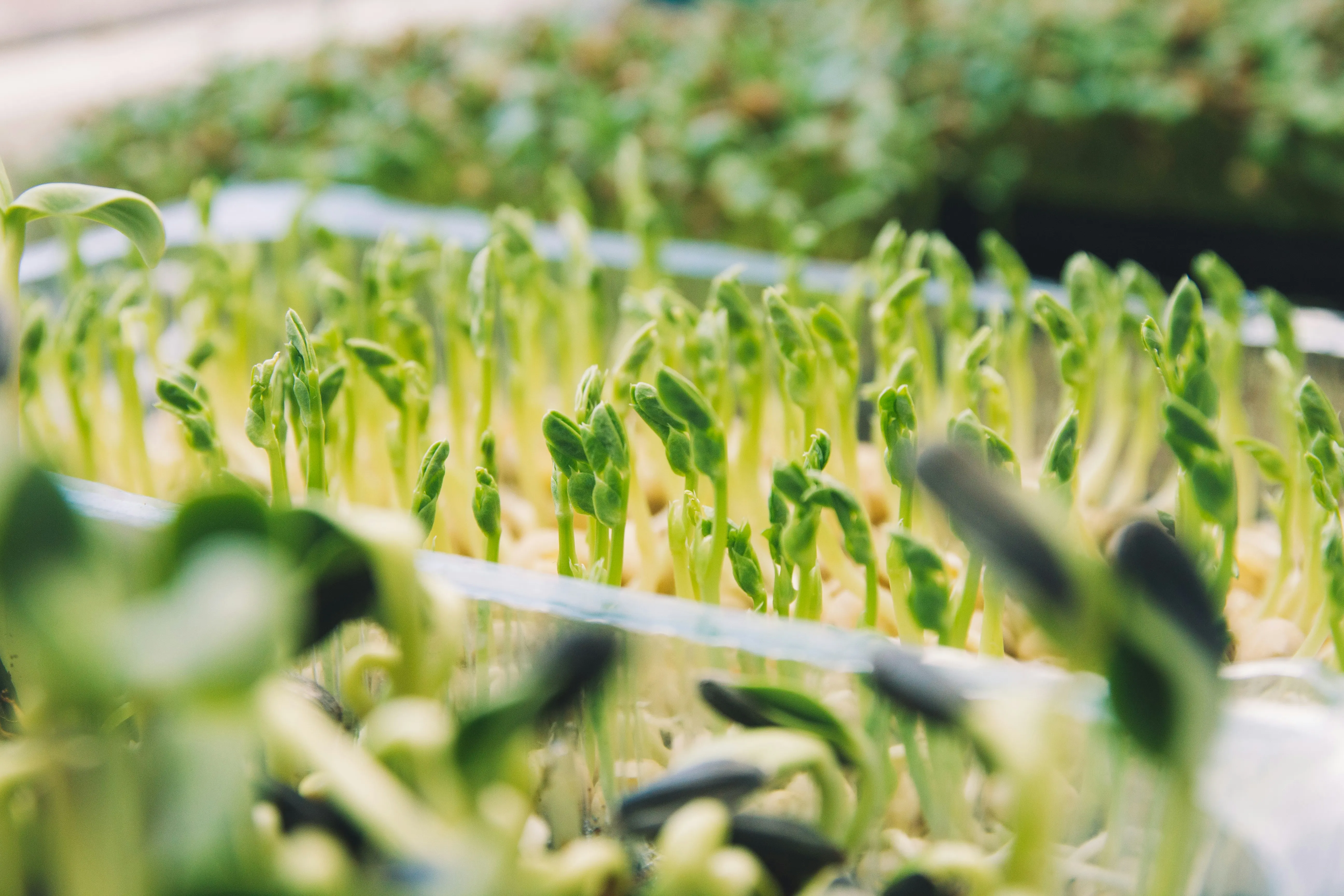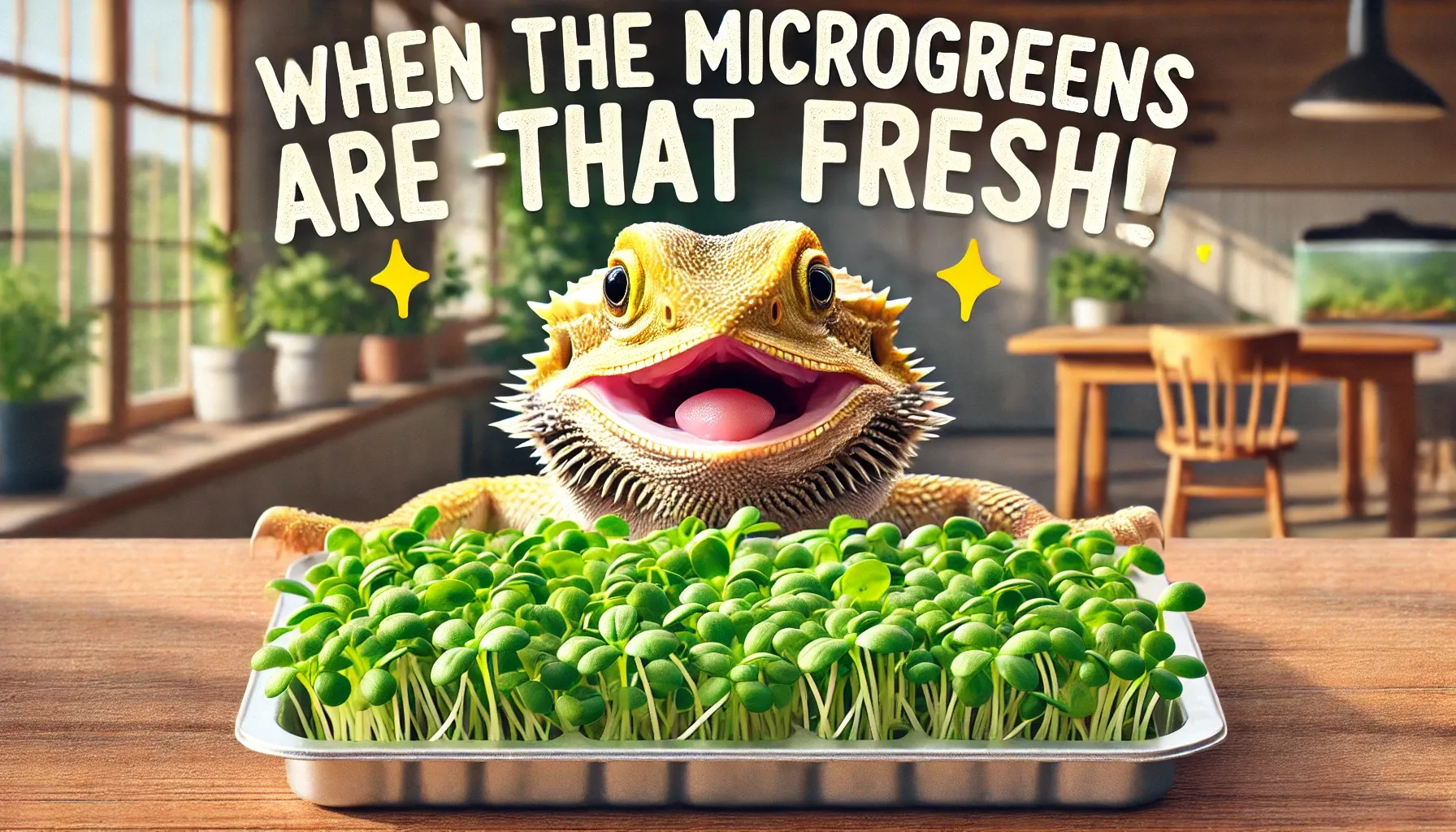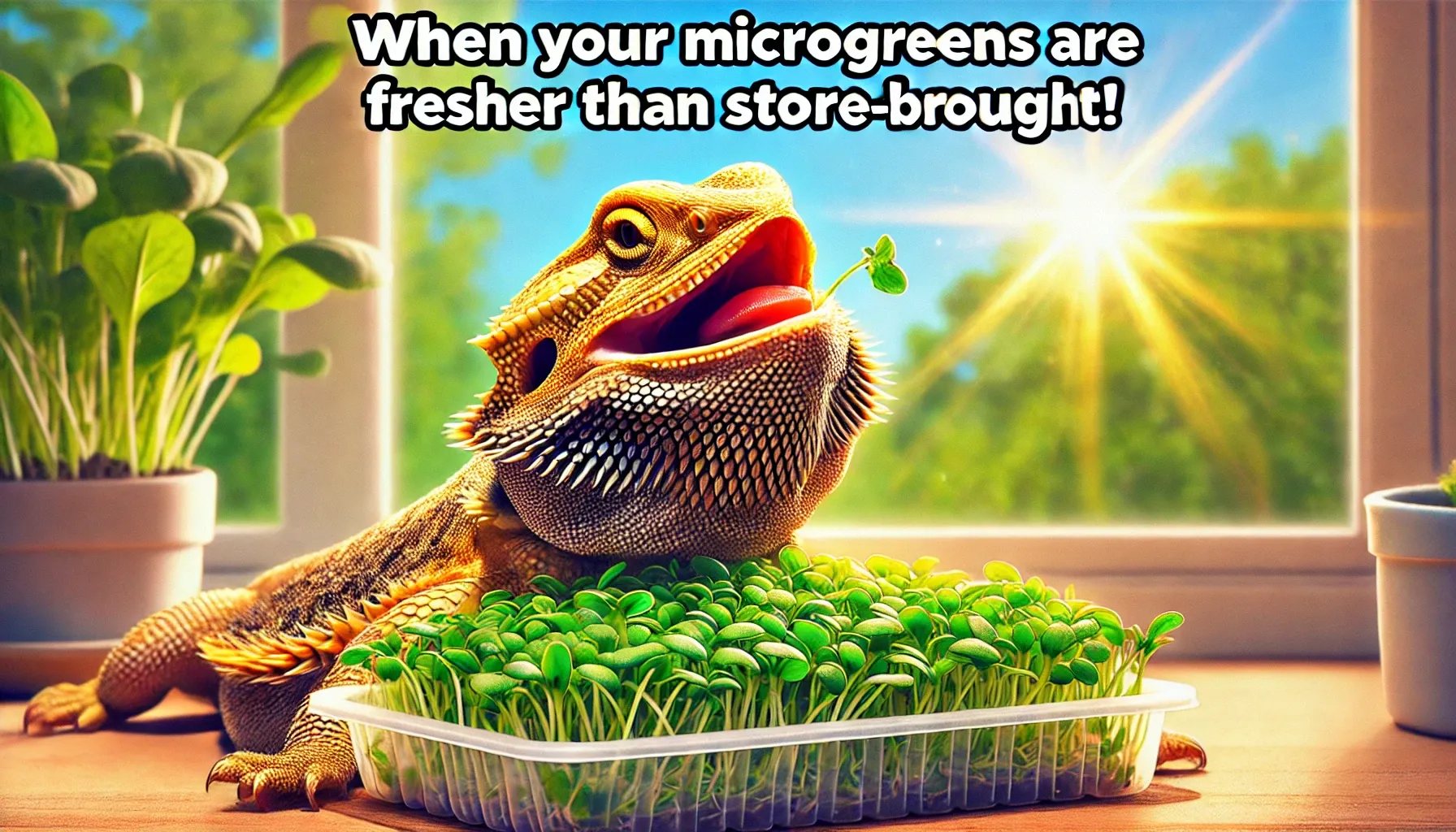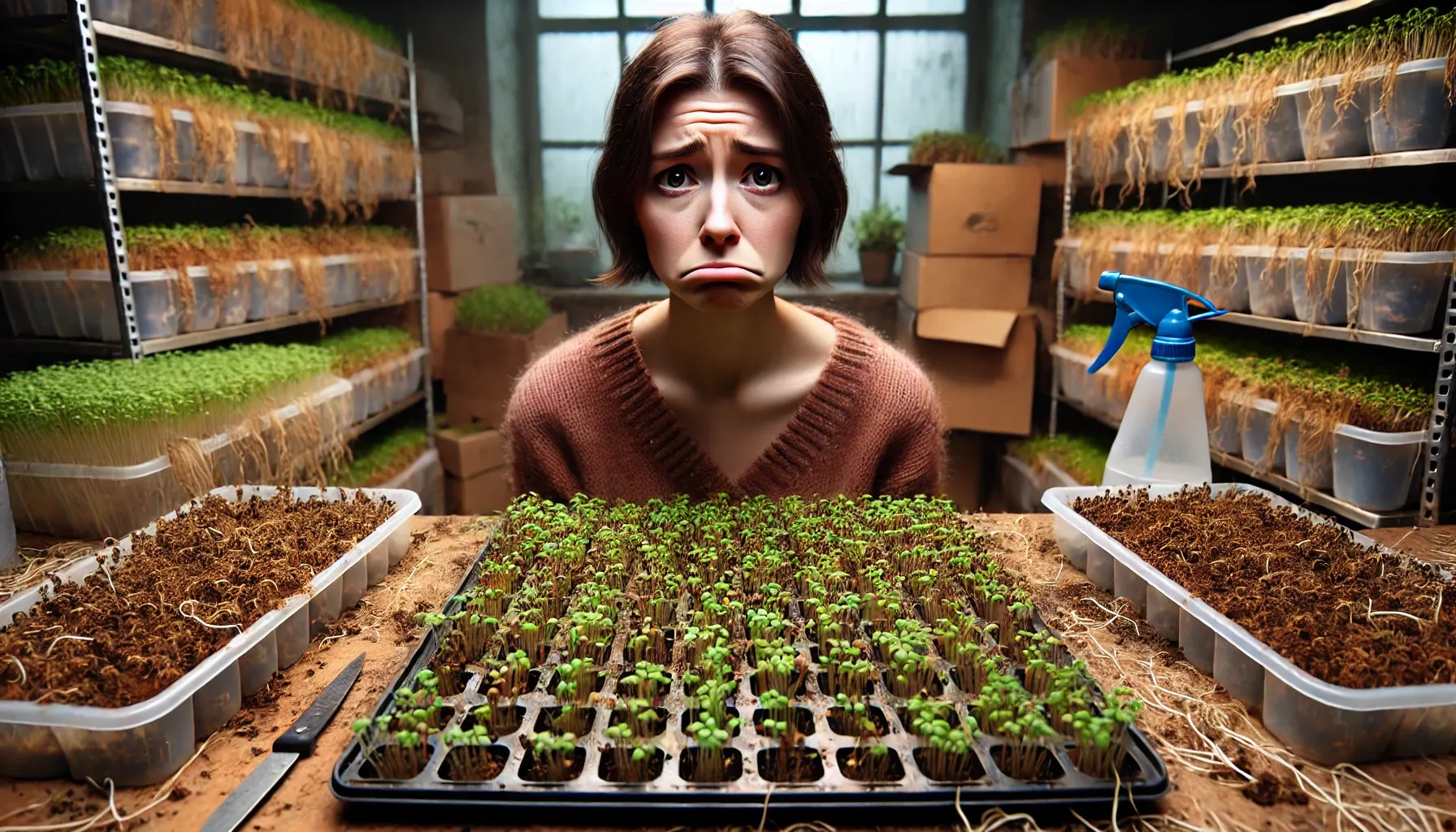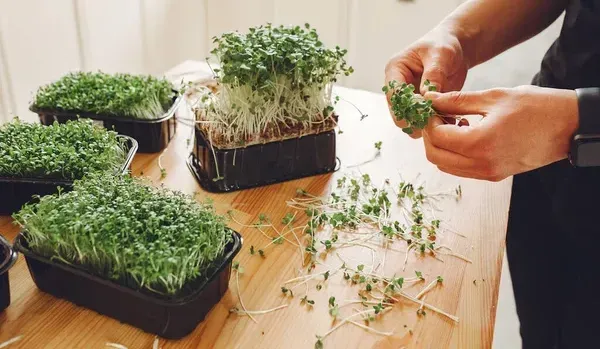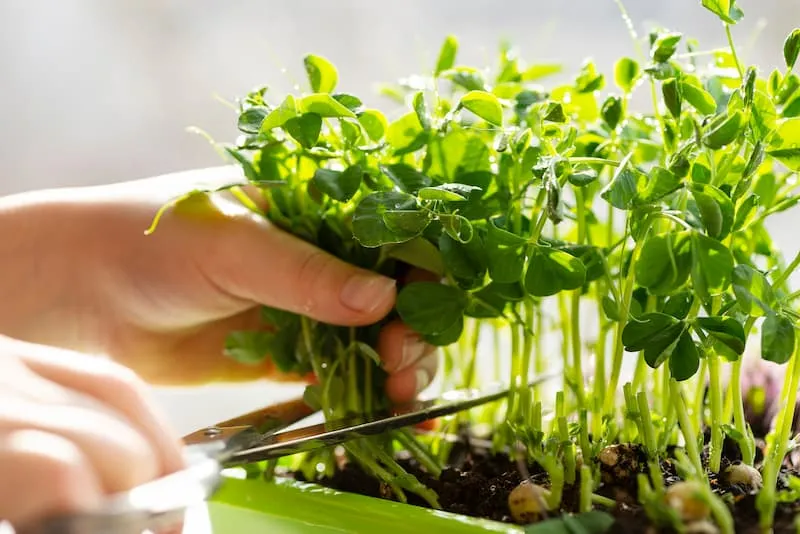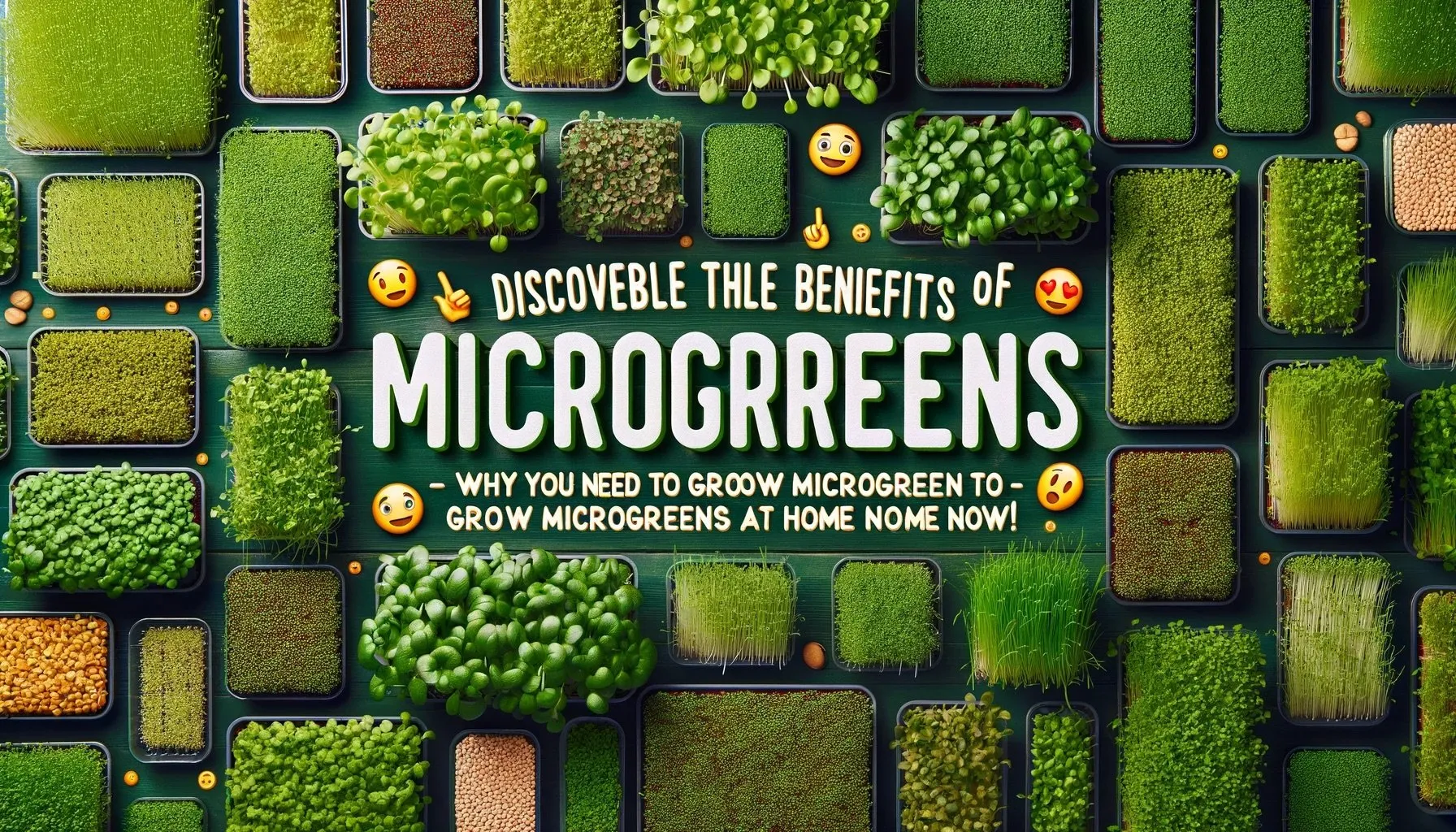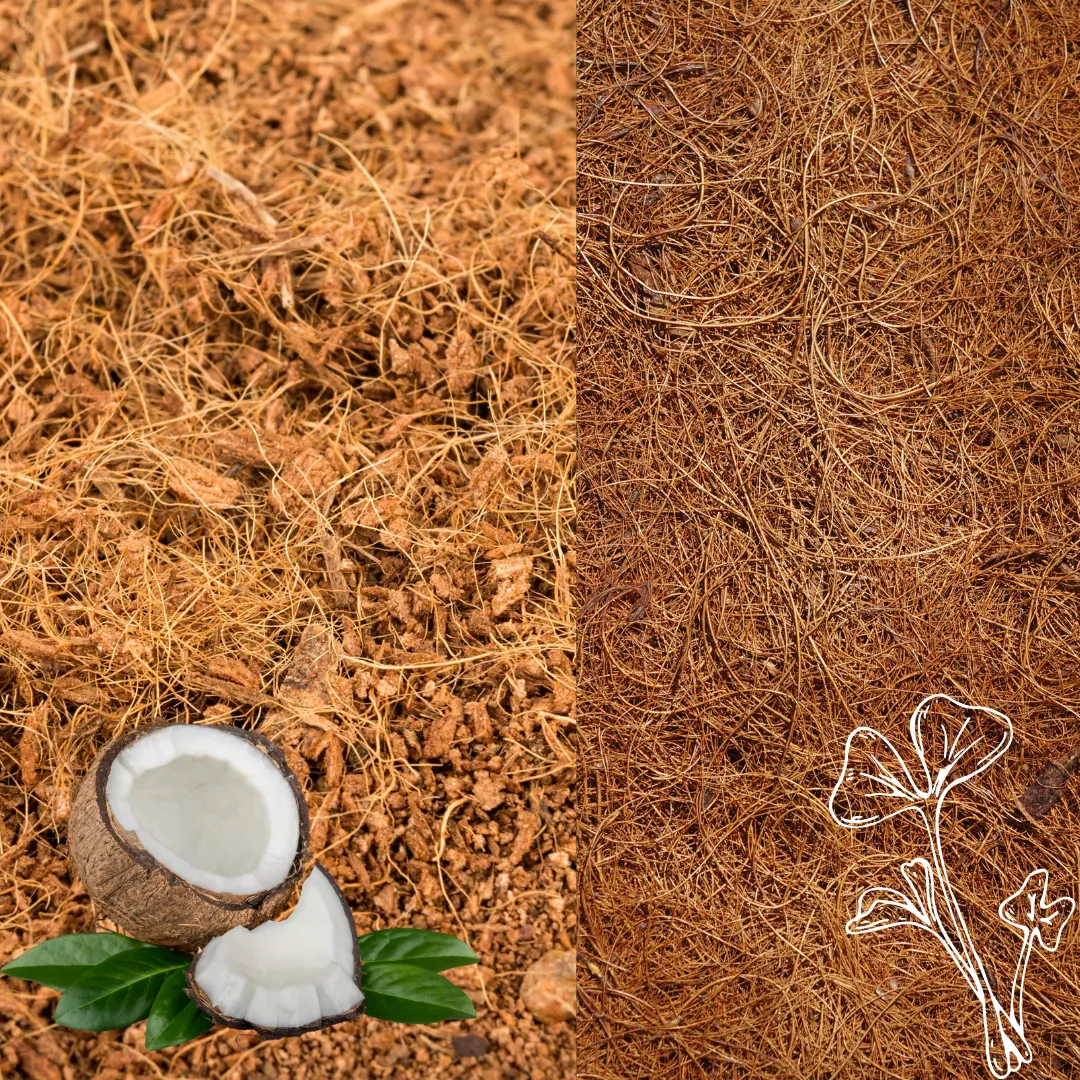Should You Grow Microgreens Indoors or Outdoors? Pros, Cons, and Hidden Risks
If you're just getting started with microgreens, one of the first decisions you'll face is whether to grow them indoors or outdoors.
Both methods have clear advantages, but also some surprising downsides, including one major health risk that most beginner growers never hear about.
In this guide (and the video linked below), Connor Hiebel from Amelia Island Microgreens breaks down the pros and cons of indoor vs outdoor microgreen growing, with 14+ years of experience helping home growers start successfully.
🎥 Watch the full video here:
👉 Indoor vs Outdoor Microgreens: What Most People Get Wrong
👉 Order Your Kit Now and grow your first tray with confidence!
Why Grow Microgreens Indoors?
Growing microgreens indoors gives you control over your environment, which means more consistent results and fewer surprises.
✅ Pros of Indoor Microgreens
- Grow year-round regardless of weather
- Fewer pests, bugs, or animal damage
- Lower risk of contamination from soil, air, or chemicals
- Stable temperature and humidity (if monitored properly)
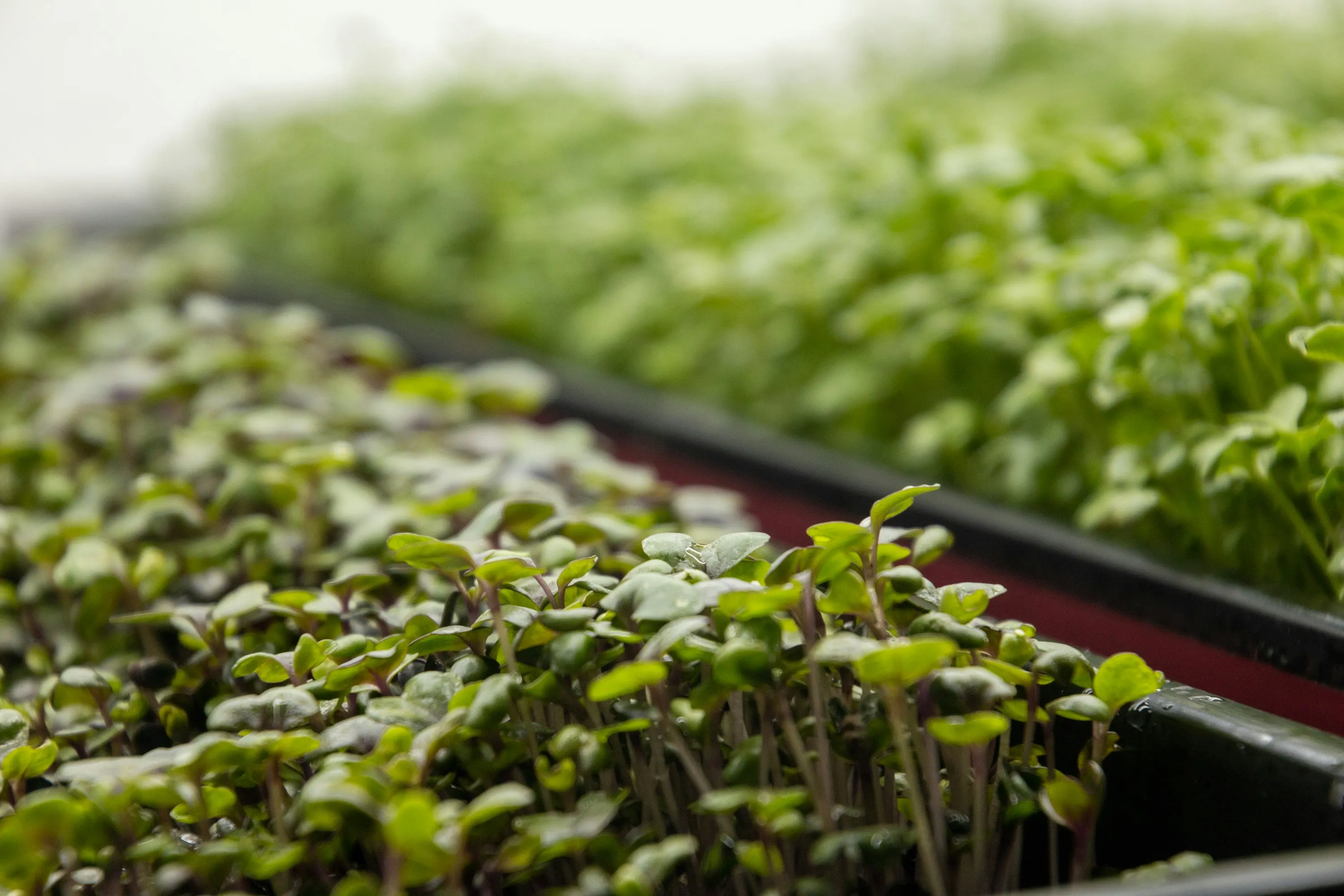
⚠️ Cons of Indoor Microgreens
- Requires grow lights unless you have a sunny window
- You’ll need trays, shelves, or racks for efficient setup
- Can be messy, especially in small living spaces
- Needs regular monitoring for humidity, airflow, and mold
➡️ Connor recommends a few beginner-friendly grow lights in the video.
What About Growing Microgreens Outdoors?
If you’ve got a patio, porch, or balcony with decent sun exposure, outdoor growing can be a beautiful option, especially in mild seasons.
✅ Pros of Outdoor Microgreens
- Free sunlight—no grow lights needed
- Natural airflow and drainage
- Lower startup cost
- More space if you have a yard, balcony, or deck
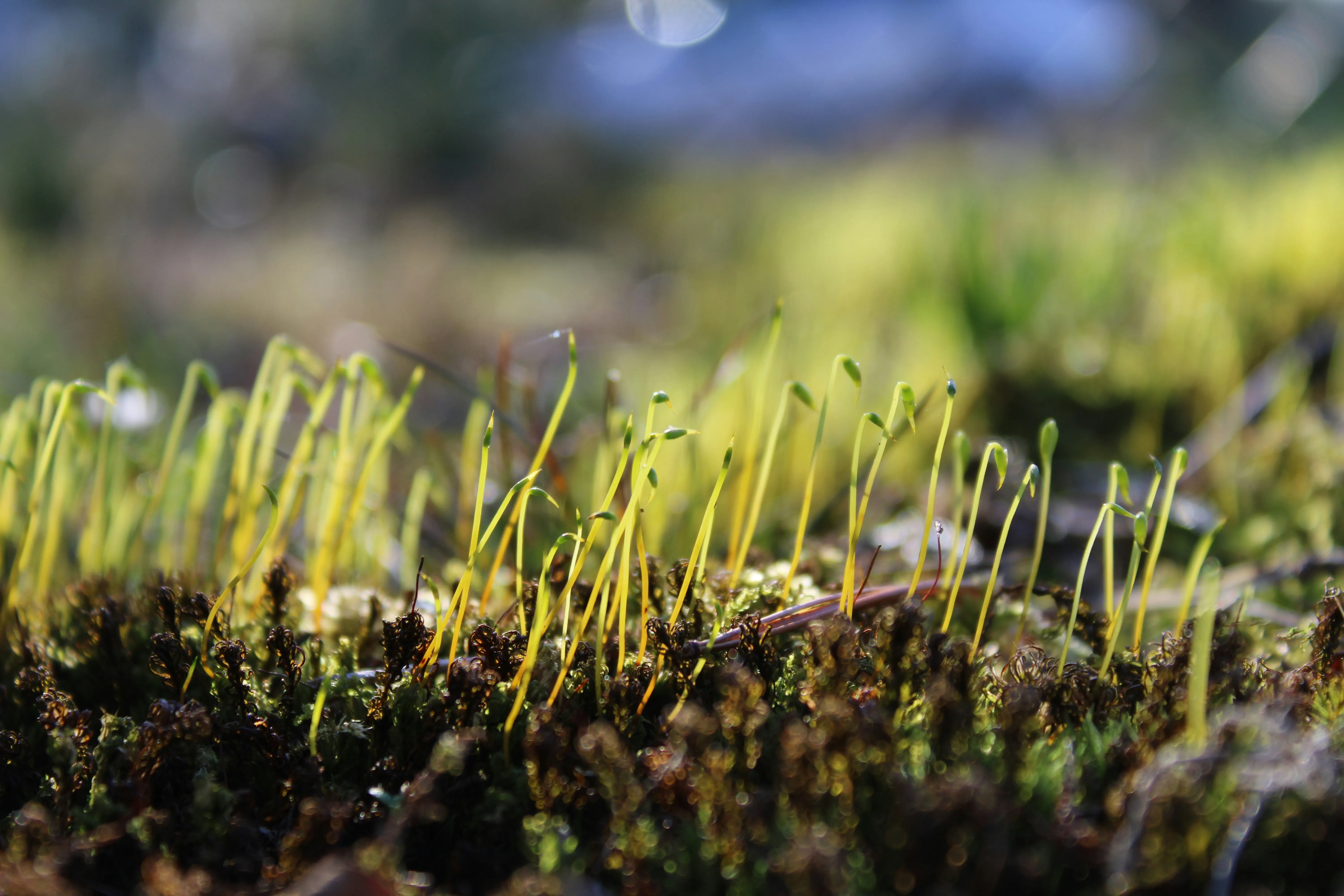
⚠️ Cons of Outdoor Microgreens
- Weather changes (rain, wind, heat) can damage crops
- Pests, birds, and pets may interfere
- Higher risk of contamination from:
- Airborne chemicals (pesticides, vehicle fumes)
- Nearby AC units or dirty surfaces
- Dust, mold, and animal droppings
🛑 Did you know? Some growers unknowingly place microgreen trays near carports or roads, exposing their crops to brake dust and antifreeze—making the greens potentially unsafe to eat.
Free Beginner Microgreen Guide
Want to skip the guesswork? Download Connor’s free 10-part Microgreens 101 email series, covering trays, lighting, watering, and more:
👉 Get the Free Guide at AmeliaIslandMicrogreens.com/101
Indoor vs Outdoor Microgreens: Which Is Better?
It depends on your space, climate, and goals.
- If you live in a small apartment or cold area, indoor growing with lights is likely best.
- If you have outdoor space with clean air and stable weather, outdoor growing can work well.
No matter which method you choose, remember:
- Keep your trays away from chemical drift or dirty surfaces
- Make sure there’s enough light and airflow
- Take notes, experiment, and keep learning
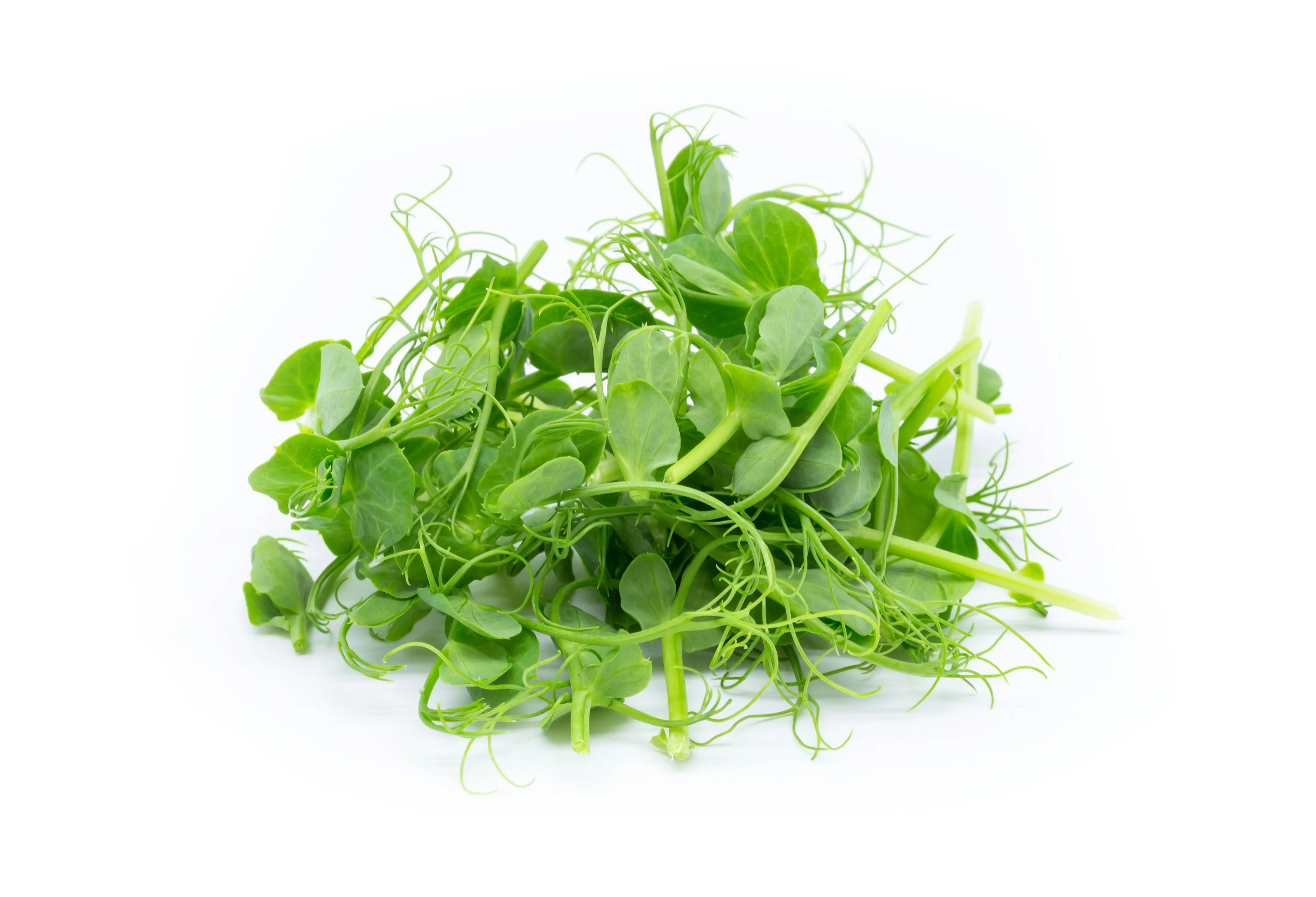
Related Video: Top 5 Easiest Microgreens for Beginners
Wondering which microgreens are best for beginners to grow indoors or outdoors? Connor has a video just for that!
👉 Top 5 Microgreens for First-Time Growers
Free Beginner Microgreen Guide
Want to skip the guesswork? Download Connor’s free 10-part Microgreens 101 email series, covering trays, lighting, watering, and more:
👉 Get the Free Guide at AmeliaIslandMicrogreens.com/101
FAQ: Indoor vs Outdoor Microgreens
Is it better to grow microgreens indoors or outdoors?
It depends on your space, climate, and goals. Indoor growing offers more control and is ideal for year-round production. Outdoor growing is cheaper and uses sunlight but carries higher risk of contamination and weather damage.
What are the biggest risks of growing microgreens outdoors?
The most overlooked risk is chemical contamination from nearby AC units, driveways, pet zones, or road dust. Outdoor growers also deal with pests, inconsistent moisture, and sudden temperature swings.
Do I need grow lights to grow microgreens indoors?
If you have a consistently sunny windowsill then you do not need grow lights. If you have weak sunlight or tinted windows then you will need to get a grow light. Without adequate light, microgreens will become leggy and weak. You can always grow a batch of microgreens to test your lighting.

🌱 Want to Start Growing Microgreens the Easy Way?
If you're ready to take the guesswork out of growing, grab our Beginner Microgreens Kit—handpicked by Connor and designed for first-time growers who want fast results without the mess or confusion.
✔️ Includes high-quality seeds
✔️ Durable trays and growing medium
✔️ Step-by-step instructions
✔️ Perfect for indoor or outdoor growing
✔️ Trusted by thousands of home growers
🎯 Whether you're on a windowsill, balcony, or kitchen counter—you can start harvesting in as little as 7 days.
👉 Order Your Kit Now and grow your first tray with confidence!
Microgreens are one of the easiest and most rewarding crops you can grow at home. Whether you choose to grow indoors or outdoors, the key is awareness: know your environment, start small, and don’t skip the basics.
📺 Ready to learn more? Watch the full breakdown:
👉 Indoor vs Outdoor Microgreens: Pros, Cons & Hidden Dangers








